The Swine Health Information Center, launched in 2015 with Pork Checkoff funding, protects and enhances the health of the US swine herd by minimizing the impact of emerging disease threats through preparedness, coordinated communications, global disease monitoring, analysis of swine health data, and targeted research investments.
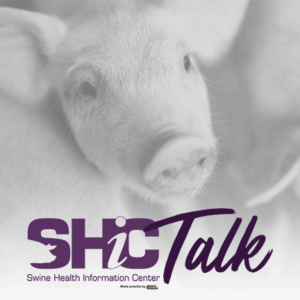
Swine Health Information Center Associate Director Dr. Lisa Becton discusses a Wean-to-Harvest Biosecurity Research Program project, Industry-Wide Assessment of Bioexclusion Practices Across US Swine Farms, with principal investigator Dr. Gustavo Silva, Iowa State University, in this episode of SHIC Talk. The study, funded in partnership by SHIC, the Foundation for Food & Agriculture Research and Pork Checkoff, defined biosecurity practices used across wean-to-harvest sites through an industry-wide questionnaire and developed a rapid-risk assessment tool for producers. The study assessed current bioexclusion practices among a diverse group of producers across swine-producing states in the US. Further, the study developed methods that veterinarians, production managers, and producers could implement to improve on-farm biosecurity. Findings showed that biosecurity on wean-to-harvest sites is inconsistent across the industry and that tools for increasing biosecurity could include relatively simple practices such as bench entry.
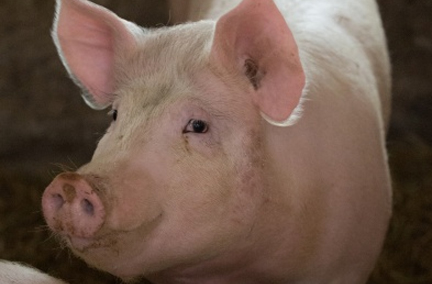
The Swine Health Information Center released its 2025 Plan of Work in January, outlining key priorities to protect the health of the US swine herd in the current year. The Plan of Work emphasizes a proactive approach to addressing emerging disease threats and enhancing biosecurity measures within the US swine industry. On March 5, 2025, SHIC issued a request for 2025 Plan of Work research proposals with a submission deadline of April 30, 2025. A record 57 proposals were received from 19 organizations (14 universities, one government entity, and four private companies). Proposals will undergo competitive review for funding recommendations based on value to US pork producers.
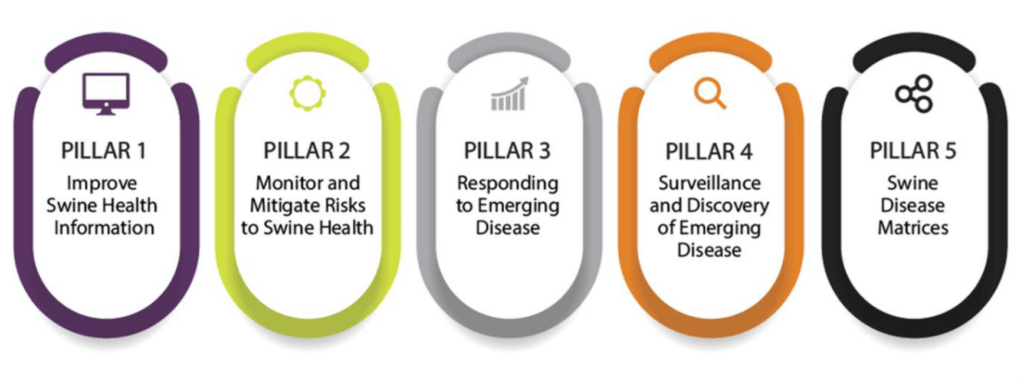
Research priorities and topics identified in the 2025 Plan of Work help SHIC fulfill its mission to generate new knowledge for preventing, preparing, mitigating, and responding to emerging swine disease threats.
The 57 proposals are expected to address the specific research priorities described in the March RFP, including topics such as transport biosecurity, reduction of disease risk at the packing plant lairage and unloading docks, investigation of novel technologies for trailer sanitation, assessment of biosecurity risk for cull sow and secondary markets, identifying early disease outbreak warning signals, evaluation of wastewater as a surveillance tool, environmental sample types with low labor requirements for emerging disease surveillance, genome-based diagnostic technologies for emerging disease detection and forensic analysis, and investigating the clinical relevance of newly identified agents from veterinary diagnostic lab submissions.
Upon completion of the competitive review process, project awards are expected to be announced in late summer 2025. Projects demonstrating the most urgent and timeliness of completion, providing the greatest value to US pork producers, and showing efficient use of funds are prioritized for funding. Results will be shared with producers and veterinarians as soon as they become available. The intent of this RFP was to encourage researchers to develop and submit proposals specifically addressing identified priorities, broaden awareness of funding opportunities to advance SHIC’s 2025 Plan of Work, expand the scientific network of researchers and institutions conducting critical research on emerging swine diseases, and drive innovation to help protect the health of the US swine herd. Funding timely research is an essential component of SHIC providing practical and applicable project outcomes that drive action for producers and veterinarians to prevent, prepare, and mitigate emerging swine diseases.

Pork industry veteran Rhea Schirm joined the Swine Health Information Center as grant and contract administrator on April 22, 2025. “I’m looking forward to this opportunity, learning the role, and engaging with this fast-paced organization,” Schirm said. She joins Executive Director Dr. Megan Niederwerder and Associate Director Dr. Lisa Becton on the SHIC staff.
“We are thrilled to have Rhea join the SHIC team as grant and contract administrator,” remarked Niederwerder. “Her experience in the pork industry and knowledge of the grant lifecycle will help our organization grow in efficiency.”
Prior to joining SHIC, Schirm was a consultant working primarily with the American Association of Swine Veterinarians as journal and publication manager, advertising coordinator, and foundation coordinator. From 2011 to 2021, Schirm worked at the National Pork Board. After earning a bachelor’s degree in anthropology, Schirm worked in the human medical field and earned a certificate in global health. Starting the new role, she looks forward to applying her breadth of health and swine experience towards the SHIC mission.
While a recommendation from a friend in 2011 led Schirm to seek employment with the National Pork Board, her experience with the organization, people, and related entities kept her in the swine industry. “Chance brought me to the pork industry, and I never left,” she said. “The diverse opportunities I have had working with producers, universities, and now three different swine organizations have been incredibly rewarding.”
Schirm appreciates SHIC’s role in being on the cusp of new research for the industry as well as its success in getting that information out to producers and veterinarians. She was on staff at NPB when SHIC was conceptualized and launched in 2015, following the organization’s growth since.
“It was really intriguing to see the industry create SHIC in response to an unmet need following the PEDV outbreak. SHIC provides a framework for research and communication of results faster than the industry could otherwise,” she said. “Getting involved and being able to help make SHIC even more effective and efficient, and assisting in getting information out to producers is exciting to me. I look forward to adding to the dynamic operation of SHIC and contributing to the day-to-day activities focused on emerging swine diseases. Collaboration and making processes easier are one of my skills.”
Schirm and her husband, Ryan, live in southern Iowa. They are the parents of Hayden, who keeps them busy at all sporting events, and Kirstin, who is married to Chace, and welcomed a granddaughter in 2025.
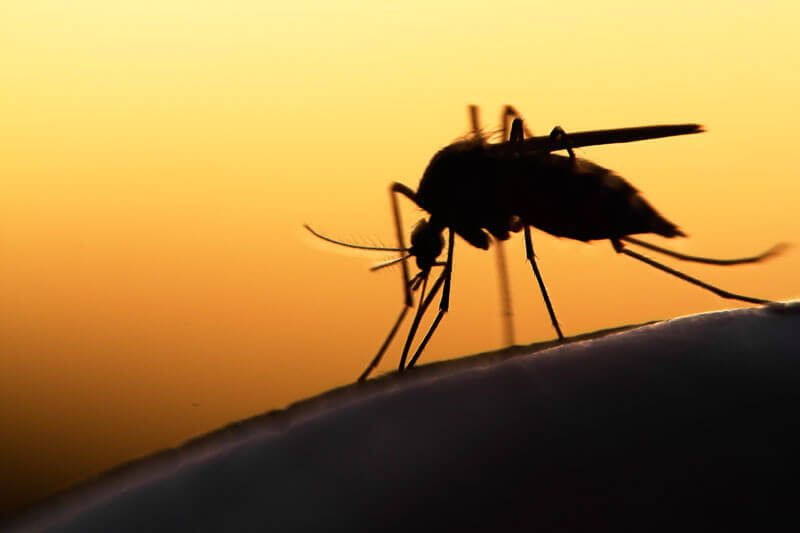
As the US anticipates the annual surge in mosquito populations, pork producers are urged to implement robust control strategies to reduce mosquito populations near swine farms and minimize potential production impacts. Changes in environmental conditions, specifically during high rainfall seasons, may result in increased mosquito populations that can be a risk for emerging disease and other swine production challenges. Through global disease monitoring by the Swine Health Information Center, heightened awareness for mosquito control stems from the recent 2025 re-emergence of Japanese encephalitis virus in Australia, a stark reminder of the potential impact of this mosquito-borne pathogen.
In February 2025, JEV was reported at two piggeries in southern Queensland, Australia, marking the first detections of the virus in AU commercial swine since July 2022. With no cases detected in piggeries during 2023 or 2024, this re-incursion of JEV into Australian piggeries requires close monitoring. Recent detections in mosquito populations in Goondiwindi, Inglewood, and Monto, as well as in mosquito and feral pig populations in New South Wales, have raised concerns about further potential spread of JEV, particularly with wet season conditions increasing mosquito activity.
The US is currently negative for JEV, a mosquito-borne virus which has waterbirds as a natural reservoir host but is capable of infecting pigs, humans, and horses. As a transboundary disease risk for US introduction, JEV is transmitted through the bite of infected mosquitos and can cause reproductive failure, delayed farrowing, stillbirths, mummified fetuses, abortions and weak piglets in swine breeding herds. In December 2024, SHIC, along with the Foundation for Food & Agriculture Research, funded six research projects to enhance US prevention, preparedness, mitigation and response capabilities for JEV.
Understanding the biology and lifecycle of mosquitos can aid in the development of mitigation and control strategies to reduce risks of pathogen transmission as well as improve swine health and welfare. In August 2024, SHIC, in collaboration with the American Association of Swine Veterinarians, hosted a webinar entitled “Mitigation Strategies for Mosquitos as an Emerging Threat to Swine Health” in response to a significant increase in Midwest mosquito populations over the summer of 2024. The goals of the webinar were to understand the role of mosquitos as a vector for disease transmission and to take actions to control mosquito populations near swine farms.
As part of the webinar, Dr. Rademacher at Iowa State University shared information with producers detailing mosquito control strategies in Management of Site Insect Levels to Minimize Carcass Impact. This publication emphasizes an integrated pest management approach instead of reliance solely on chemical mitigation. Effective environmental management includes diligent control of standing water, a breeding ground for larvae, and vegetation management around buildings, which serve as resting sites for mosquitoes. Ventilation adjustments within barns can also play a crucial role in mosquito population control. He encouraged producers to consult with entomologists, who can offer expert pest identification and control strategies.
Site maintenance is also essential for effective mosquito mitigation. This includes establishing rock barriers for proper water drainage around buildings, maintaining short grass, and controlling weeds around all production facilities. Particular attention should be paid to curtain pockets, which can retain water. Operating stir fans at night during peak mosquito season in naturally ventilated barns and running tunnels at night in tunnel-ventilated barns can help mitigate mosquito populations within barns. Proper adjustment of misters, waterers, and sprinklers is vital to prevent water pooling in all barn types.
Chemical mitigation should be integrated into a comprehensive pest management strategy, with adult mosquito spraying considered the least effective component. Utilizing non-residual and residual sprays, with strict adherence to label instructions, is critical. Fogging devices, employing oil or water-based pyrethrins, are recommended for adult mosquito infestations within buildings. Residual sprays should be applied to resting surfaces, not directly on animals. To mitigate resistance, rotating the mode of action groups of chemical mitigants is essential.
Additional information regarding mosquito lifecycle and control strategies can be found here.

With the goal of optimizing PRRSV detection, Drs. Igor Paploski and Cesar Corzo at the University of Minnesota led a study investigating the use of tongue tip samples from dead piglets for PRRSV monitoring during sow herd stabilization. The Swine Health Information Center-funded study sought to determine how to best utilize this sample type to optimize sensitivity of virus detection. Results showed that testing tongue tip fluids yielded more sensitive PRRSV detection compared to tongue tissue homogenates. Tongue tip fluids had notably lower Ct values especially when samples were kept frozen compared to refrigerated. The results demonstrate that sample processing and storage significantly impact the diagnostic sensitivity of tongue tips.
Find the industry summary for SHIC study #23-068 on this page.
PRRSV causes significant economic losses in the US at approximately $1.2 billion annually due to reproductive failure, abortion, and high pre-weaning mortality among piglets. Approximately 30% of US breeding herds experience a PRRSV outbreak every year. Tongue tips from dead animals, particularly piglets, are being considered as an alternative specimen to monitor PRRSV during sow herd stabilization; however, questions still exist regarding how to best process these samples to optimize sensitivity for virus detection. This study aimed to describe the impact of different tongue tip processing and testing protocols to optimize the sensitivity and specificity of PRRSV detection in sow herds.
To conduct this study, samples from seven sow farms were collected between two to five months after the onset of a PRRSV outbreak, including tongue tips from 20 piglet mortalities collected at each farm. Samples from five farms were used to test different pooling strategies (individual testing and pools of five and 20) and laboratory processing techniques (testing tongue tip fluids versus tongue tissue homogenate). Samples from the other two farms were used to simulate different storage and shipping conditions (frozen versus refrigerated) and test samples at different time points (1, 4, and 7 days). The samples were tested by PCR at the University of Minnesota Veterinary Diagnostic Laboratory.
A total of 100 tongue tips were collected from the first five farm visits. Within-farm PRRSV prevalence on dead piglets ranged from 0% to 100% when testing tongue tip fluid individually, and from 0% to 45% when testing tongue tissue homogenate individually. The results of tongue tissue homogenate were compared to tongue tip fluid, which was considered the gold standard. When testing tissue homogenate individually, the sensitivity was 36%, specificity was 100%, positive predictive value was 100%, and negative predictive value was 76%.
Additionally, the study quantified the impact of sample pooling. When testing tissue homogenate in pools of five, the sensitivity was 75%, specificity was 100%, positive predictive value was 100%, and negative predictive value was 86%. The authors found that pooling samples reduced diagnostic accuracy but acknowledged that pooling may still bring value to producers as it allows testing of more animals at a reduced cost. Practitioners and producers are therefore advised to discuss their goals and objectives for the testing with pathologists to determine the most appropriate strategy.
Further, the study assessed the effects of storage conditions and time elapsed between collection and testing on Ct values. A total of 40 tongue tips were collected from two additional farms. Results showed that Ct values from frozen samples were lower than those from refrigerated samples stored for the same length of time. For each day that elapsed since collection, Ct values of the samples increased by 0.2 units on average. This reinforces the importance of keeping tongue tips frozen during shipping but also shows that refrigerated samples still yield positive results. Minimizing delays in handling and shipment is crucial, as these factors impact the sample’s Ct values for each elapsed day since sample collection.
Tongue tips are an easy-to-collect sample type that targets animal mortalities, which may have a higher likelihood of infection, and diminishes welfare concerns during sample collection. This study provides valuable insights into how sample processing and submission circumstances impact PCR PRRSV testing results of tongue tips. The findings directly address the practical challenges faced by veterinarians and producers in managing PRRSV outbreaks. By quantifying the effects of various processing and storage factors, the results provide actionable insights to improve diagnostic accuracy. The use of tongue tips, as a non-invasive sample source from dead animals, offers a valuable tool for PRRSV surveillance, provided the optimized protocols are implemented.

The Morrison Swine Health Monitoring Project, funded by the Swine Health Information Center, submitted its annual report containing updates on their three primary objectives. Dr. Cesar Corzo, MSHMP principal investigator, and colleagues at the University of Minnesota, monitor trends in pathogen incidence and prevalence, conduct prospective monitoring of PRRSV sequence evolution and impact, and support producer participants to increase relevance and deliverables to the swine industry. During their January 2025 meeting, the SHIC Board of Directors renewed MSHMP funding, further enabling the voluntary project designed to survey, detect and facilitate timely response to emerging infectious swine diseases in the US.
Find the industry summary of the MSHMP annual report, project #23-078, on this page.
MSHMP’s first objective is to monitor trends in pathogen incidence and prevalence, focusing on PRRSV, PEDV, PDCoV, Senecavirus A, and central nervous system associated viruses. During 2023-2024, MSHMP developed a method to estimate the cumulative incidence of Senecavirus A in the US breeding herd. Fortunately, the SVA cumulative incidence remained below 2.5%, with most of the years remaining below 0.5%. Another objective was to estimate the time herds required to eliminate PEDV and explored associated factors. A significant reduction in time to consistently wean PEDV negative piglets was observed when comparing epidemic (i.e., 24 weeks) versus endemic (i.e., 13 weeks) stages of the disease in the US. Factors such as previous immunity, herd size, and season when the outbreak occurred were associated with the time to wean PEDV negative piglets.
Conducting prospective monitoring of PRRSV sequence evolution and impact is MSHMP’s second objective. During 2023-2024, MSHMP continued to curate its PRRSV ORF5 database. This database has enabled multiple collaborations, including outbreak investigations and, most recently, the development of the new PRRSV classification system. Thanks to this new classification system, MSHMP was able to identify a new variant of concern PRRSV L1H.18, allowing the team to communicate this finding to the industry in a timely manner. Fortunately, the L1H.18 variant does not seem to have the same transmissibility as L1C.5; however, vigilance remains necessary. MSHMP also developed a mechanism to identify herds with a prolonged time-to-stability post PRRSV-outbreak and is currently beta testing this methodology.
MSHMP’s third objective, expanding participation of producers to allow for all to be involved, continues to show progress. One production system was added in 2023-2024 and enrollment of a second system is expected soon. The MSHMP website continues to be finetuned and updated with the information readers are requesting with over 4,400 views measured in 2024. The most visited section is related to reports, totaling 1,400 views. Interestingly, MSHMP is seeing website visitors that are located around the world, with the US and China as the main consumers. During 2024, the team and collaborators published a total of nine peer reviewed manuscripts which speaks to the relevance and versatility of the dataset.
Altogether, MSHMP provides swine disease knowledge and tools that support crucial information for the industry, particularly as discussions about disease eradication and other health management strategies arise. The comprehensive data and analyses play a vital role in guiding informed decision-making and strategic planning for disease management and eradication efforts for US swine producers and veterinarians.

This month’s Domestic Swine Disease Monitoring Report brings information about the spike in PRRSV case positivity in wean-to-finish sites. Comparing the April PRRSV positivity for finishing sites with previous years’, it was the highest April positivity since 2018. In addition, the PRRSV variant 1C.5.32 had the highest number of detections for any variant in 2025. Together with the original L1C.5 variant, they represented 42% of all the ORF5 sequences recovered from the SDRS participant VDLs. The report includes a bonus page about the new PRRSV nomenclature and its implementation in the SDRS dashboards and BLAST tool. PEDV had increased regional case positivity in sow farms, mainly in Minnesota. As expected, the seasonal spike in influenza A case positivity occurred in April, repeating the trend of increased positivity in the spring season. In the first quarter of 2025, Mycoplasma hyopneumoniae had the lowest number of historical confirmed tissue diagnoses. In the podcast, Dr. Kim VanderWaal, University of Minnesota, discussed the new PRRSV nomenclature, PRRSV clonal expansion, and the impact of multiple PRRSV variants detected on farms.


PRRS Cumulative Incidence for MSHMP Beginning July 1, 2009
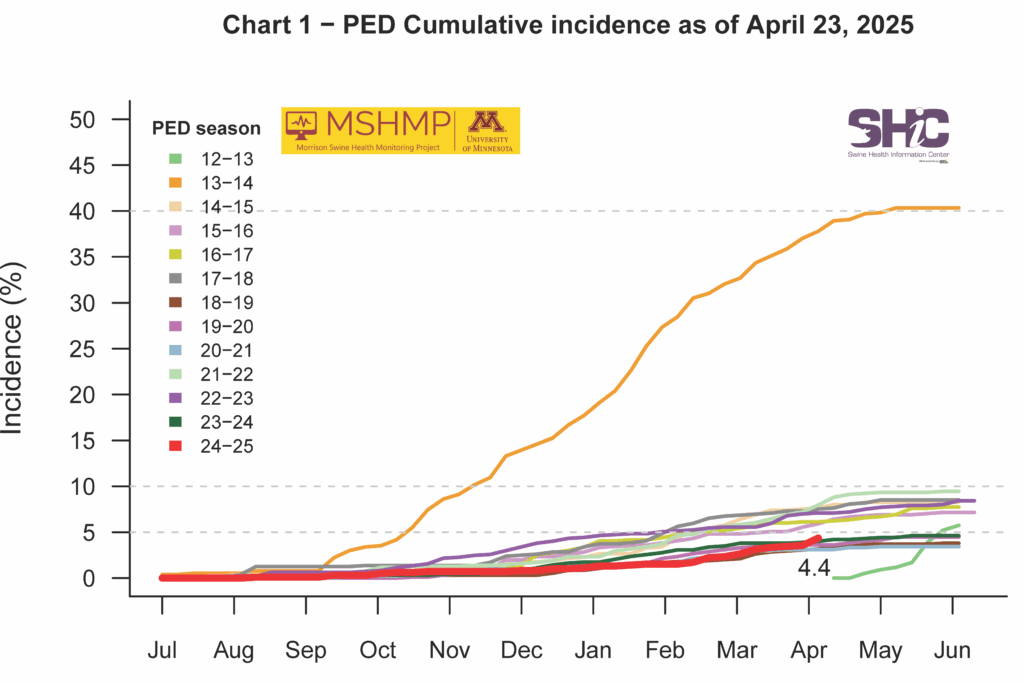
PEDV Cumulative Incidence for MSHMP Beginning May 1, 2013